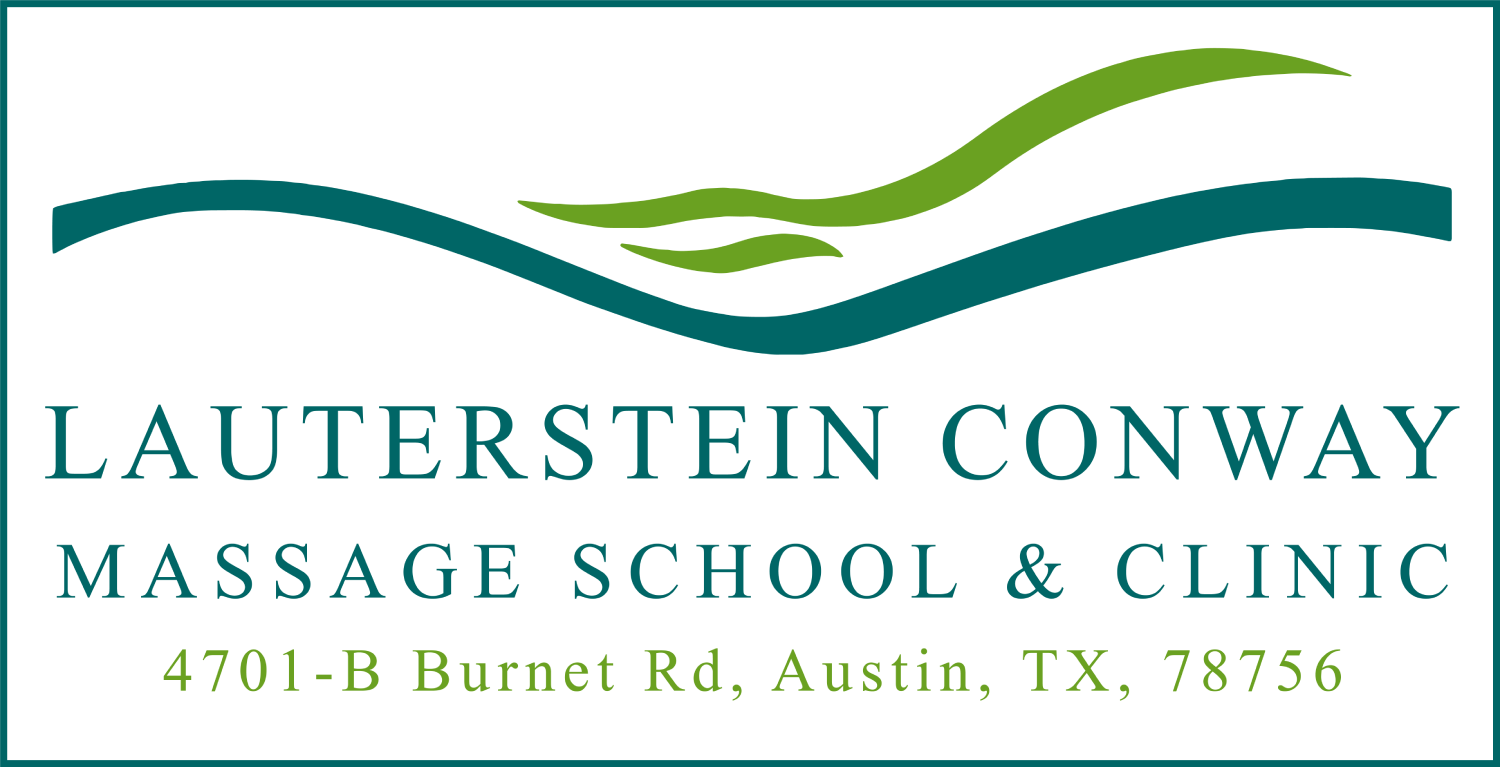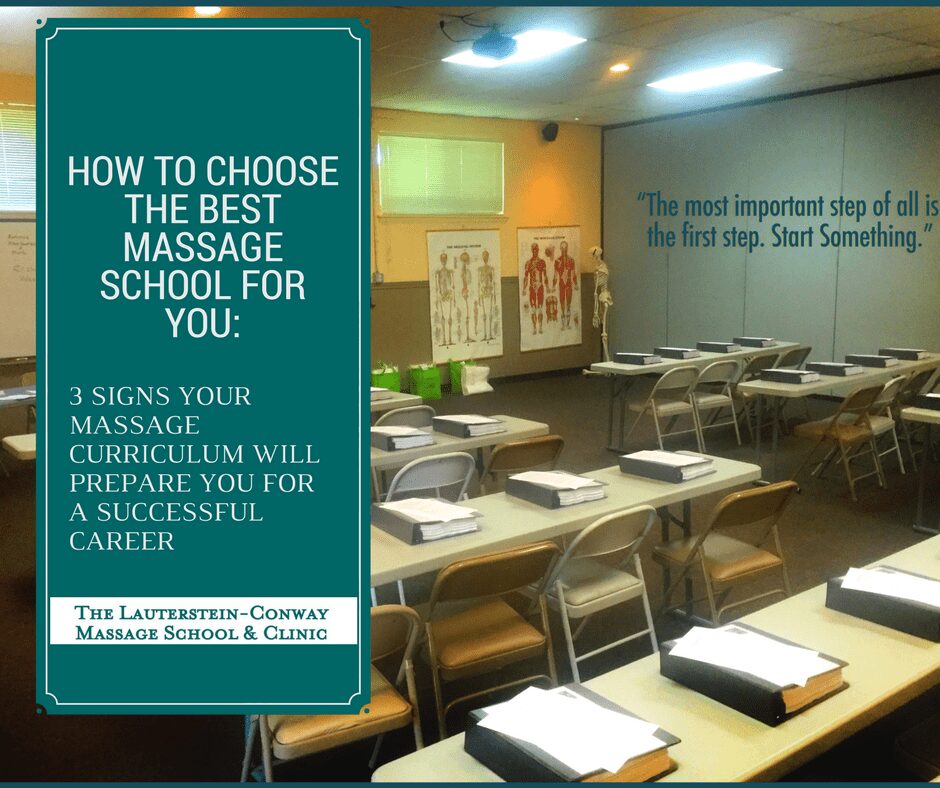Unless you have interviewed a massage therapist about the foundational elements of their massage curriculum in depth, a massage school admissions pamphlet is not going to tell you whether their program will prepare you for a successful career in massage therapy.
For this reason, it is important to analyze a massage school’s curricula before enrolling to determine whether you will graduate with the skills you need.
Here are three signs of a comprehensive massage program:
It should be easy to obtain a list of the modalities taught in a massage program from the admissions department.
Check the list to be sure the following are present:
- Swedish Massage
- Deep Tissue or Deep Massage
- Sports Massage
- Hydrotherapy
- Anatomy
- Physiology
- Kinesiology
- Health and Hygiene
- Business Practices and Ethics
These are the basic courses you will need to begin a career in massage therapy. While they may be mandated by your state’s licensing board, that’s not the only reason you’ll need them.
For example, Swedish Massage is not only the most requested type of massage requested in spas across the nation, it is often the glue that holds other advanced modalities together in a therapeutic massage session.
If every massage school you are researching offers the same list of modalities, making it hard to evaluate the quality of the curricula, dig a little deeper. Ask the admissions counselor for a list actual class titles within each course and weigh the value of the classes themselves.
A curriculum that provides a solid foundation will prepare you for a career in massage therapy.
Every massage program teaches human anatomy. But a massage school that helps students explore it in a variety of ways is a sign the curriculum prioritizes deep knowledge of the body and its systems.
Read the course descriptions, if they are available. Are there special projects? Some schools may use anatomy coloring books, in-class palpation and may even assign projects requiring students to sculpt muscles out of clay or track the nervous system using yarn.
More than knowledge, a massage school that teaches its students to be aware of what is happening with their own bodies during a massage session is a sign of a massage program that will prepare you for your career. Does the program includes classes about body mechanics?
Finally, one of the most important issues massage therapists face is burn out. Ask the admissions counselor what the massage program does to encourage its students to take care of themselves.
A curriculum that explores the body in every way will prepare you for a career in massage therapy.
Finally, if the course list the admissions counselor provides you includes introductions to any advanced modality, you’ve found a massage program that will not only give you what you need to start your massage career, but to grow it.
Not only is there always more to know, ongoing continuing education (CE’s or CEU’s), sometimes leading to a specialization in an advanced modality, is the reality every working massage therapist faces.
Look for any number of the following courses:
- Pregnancy or Prenatal Massage
- Clinical Massage Therapy
- Chair Massage
- Thai Massage
- Zero Balancing
- Manual Lymph Drainage
- Oncology Massage
- And more.
As a massage therapist, you will have to learn more. Why not choose a program that understands that and will give you direction?
A curriculum that encourages its students learning is one that will prepare you for a career in massage therapy.
Remember these three signs when you are looking for the best massage school for you. They will help you evaluate whether school has a massage curriculum that will prepare you for a successful career in massage therapy.
DOWNLOAD: Free Guide to Becoming a Massage Therapist in Texas

